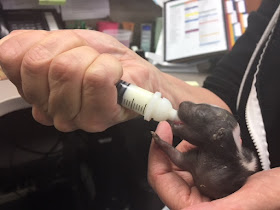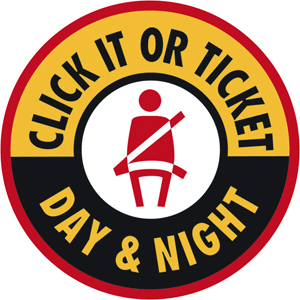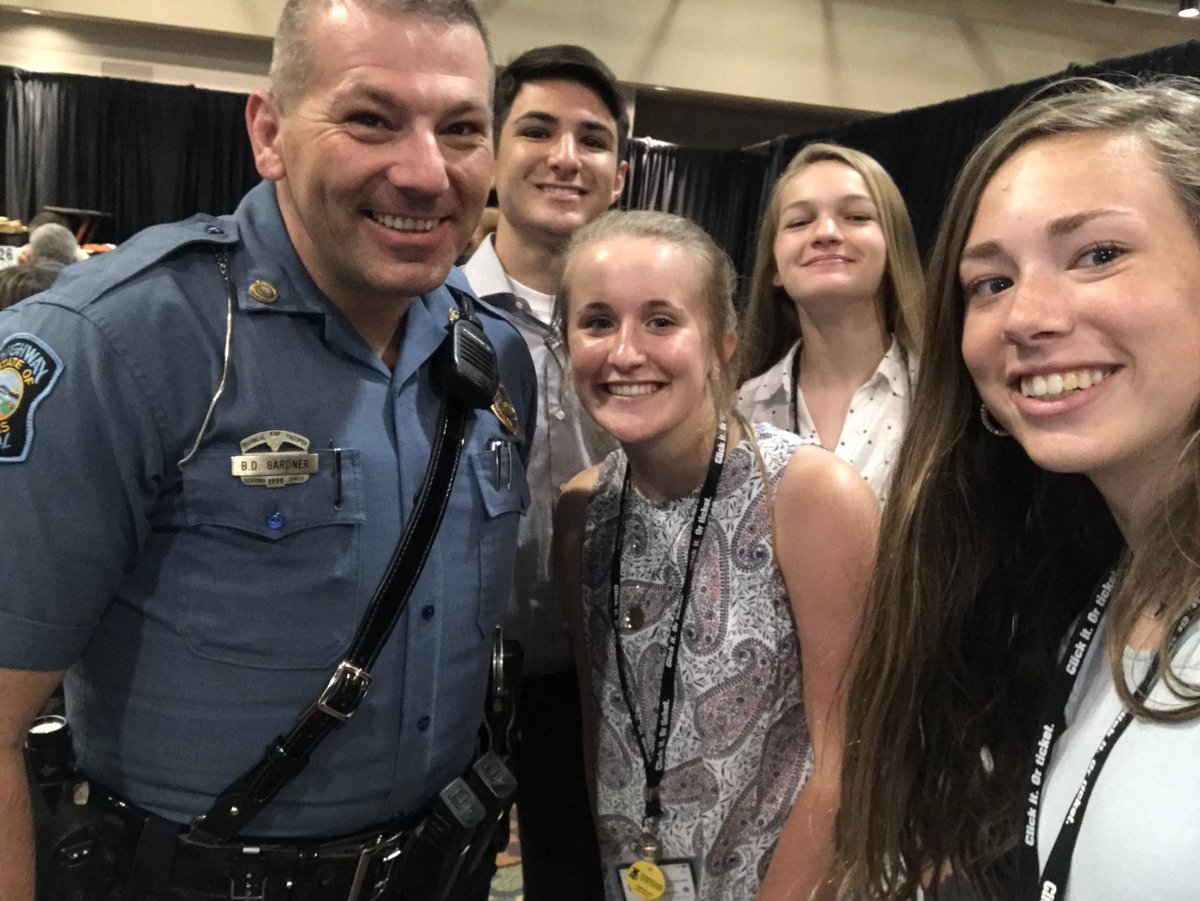Did you know that the state reptile is the ornate box turtle? This species of turtle is one of many that you may see as you drive Kansas highways this spring and summer. During the warmer months of the year, turtles are looking for territory and places to build their nests.
Because of their slow-moving nature, they are often
unfortunate casualties on the side of the road. Drivers can do their best to
avoid hitting them, but they may also need help crossing the highway safely. There
are things to consider before you make the choice to stop and help.
Your safety comes first. Be aware of your surroundings and traffic.
Double check to make sure the road is clear. If the road is too busy, don’t
risk it. Before you even leave your vehicle to help, make sure you are pulled
well off the road and put your hazard lights on.
If you pick up a small turtle, grasp it carefully behind the
front legs on both sides. Move the turtle in the same direction it was heading.
Don’t turn them around. The turtle obviously wants to go in the direction it is
facing. Placing it in the opposite direction will just cause the turtle to try
crossing the road again. Some websites suggest placing the turtle at least 30
feet from the road so that it won’t get startled by oncoming traffic.
If you encounter a larger turtle you can approach them from behind
and scoot them across with a blunt object.
Don’t take the turtle home with you or relocate it. Turtles thrive
in the territories they call home and removing them can lead to confusion and
may cause them to stop eating. They may also wander around and be at an even
greater risk for getting struck by a vehicle.
Some turtles may have been injured by a vehicle. If that is
the case, contact your local vet or wildlife rehabilitator. The Kansas
Department of Wildlife, Parks and Tourism has an updated list of wildlife
rehabilitators here.




































